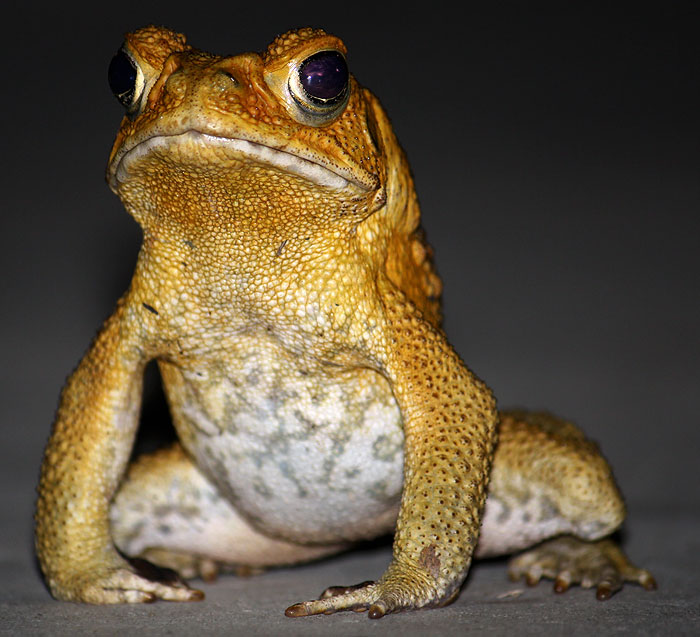Red-throated Rainbow Skink
There's nothing quite like a new spot in the garden to get me all excited and today's was a beauty. Carlia rubrigularis the Red Throated Rainbow skink - the hues and colours on this little fellah had me all ooohing and ahhhing, so much so that I didn't even notice the mozzies who were greedily munching on my exposed bits ... small price to pay for pics of such a remarkable lizard mind you.
Happily with the inclusion of this awesome chap we now have around seven different species of Scincidae alone in our garden - which is pretty damned good if you ask me
Happily with the inclusion of this awesome chap we now have around seven different species of Scincidae alone in our garden - which is pretty damned good if you ask me
 |
(Carlia rubrigularis) |
 |
The rainbow hues virtually disappear in direct sunlight |
 |
Red throated indeed - beautiful eh? |
Skinks look roughly like true lizards, but most species have no pronounced neck and their legs are relatively small; several genera (e.g., Typhlosaurus) have no limbs at all. Some other genera, such as Neoseps, have reduced limbs, lacking forelegs, and with fewer than five toes (digits) on each foot. In such species, their locomotion resembles that of snakes more than that of lizards with well-developed limbs. As a general rule, the longer the digits, the more arboreal the species is likely to be. A biological ratio can determine the ecological niche of a given skink species.
The Scincidae ecological niche index is a ratio based on anterior foot length at the junction of the ulna/radius-carpal bones to the longest digit divided by the snout-to-vent length.
Most species of skinks have long, tapering tails they can shed if a predator grabs the tail. Such species generally can regenerate the lost part of a tail, though imperfectly. Species with stumpy tails have no special regenerative abilities. Take Care
The Scincidae ecological niche index is a ratio based on anterior foot length at the junction of the ulna/radius-carpal bones to the longest digit divided by the snout-to-vent length.
Most species of skinks have long, tapering tails they can shed if a predator grabs the tail. Such species generally can regenerate the lost part of a tail, though imperfectly. Species with stumpy tails have no special regenerative abilities. Take Care






Comments
Christy (from Tweets & Tree Frogs)
Thanks for taking the time to leave a comment :) Give my regards to the budding herper!
Post a Comment